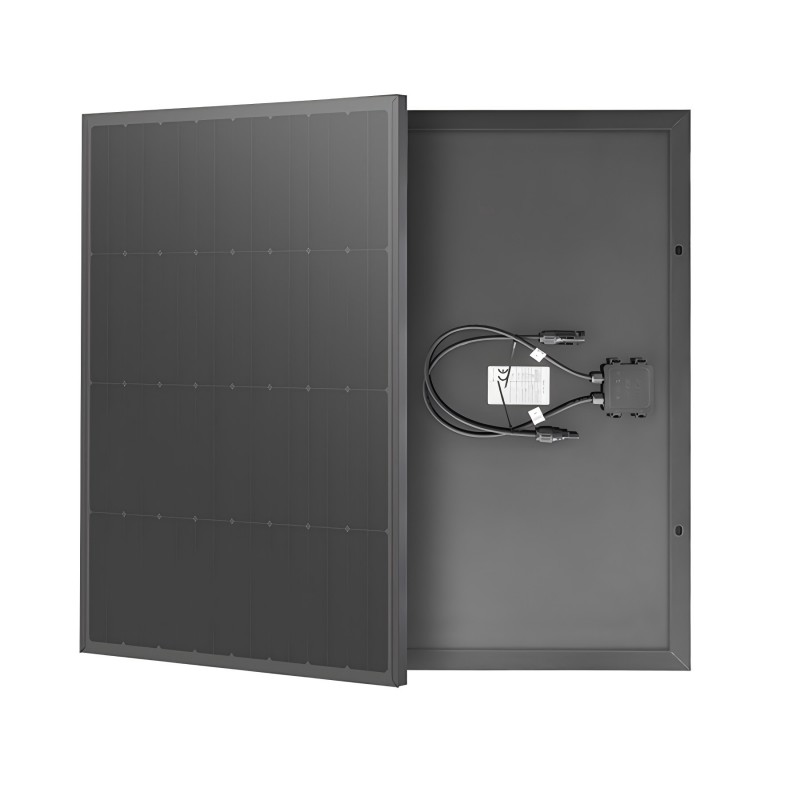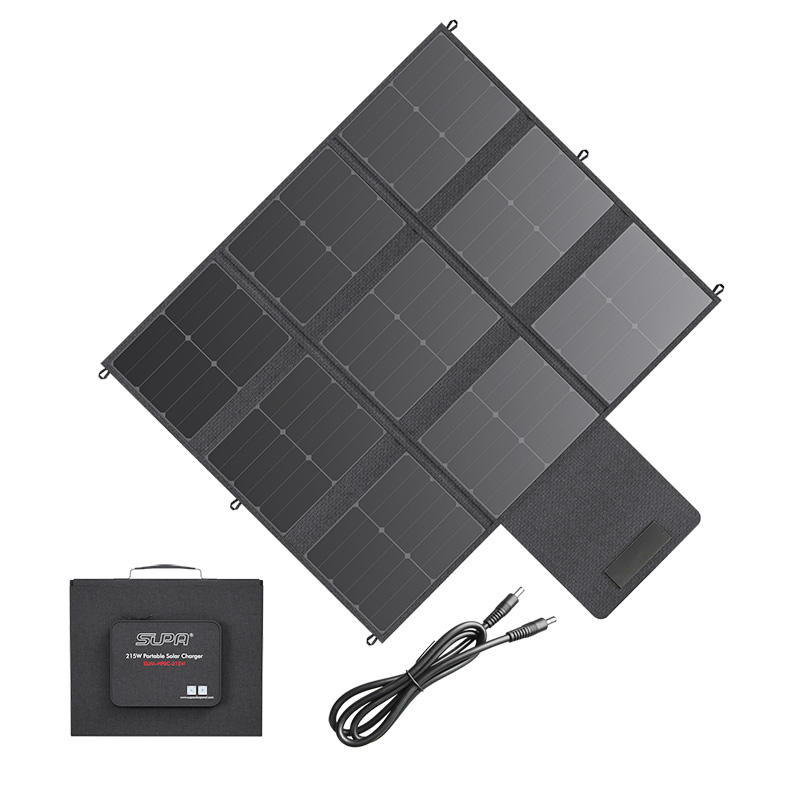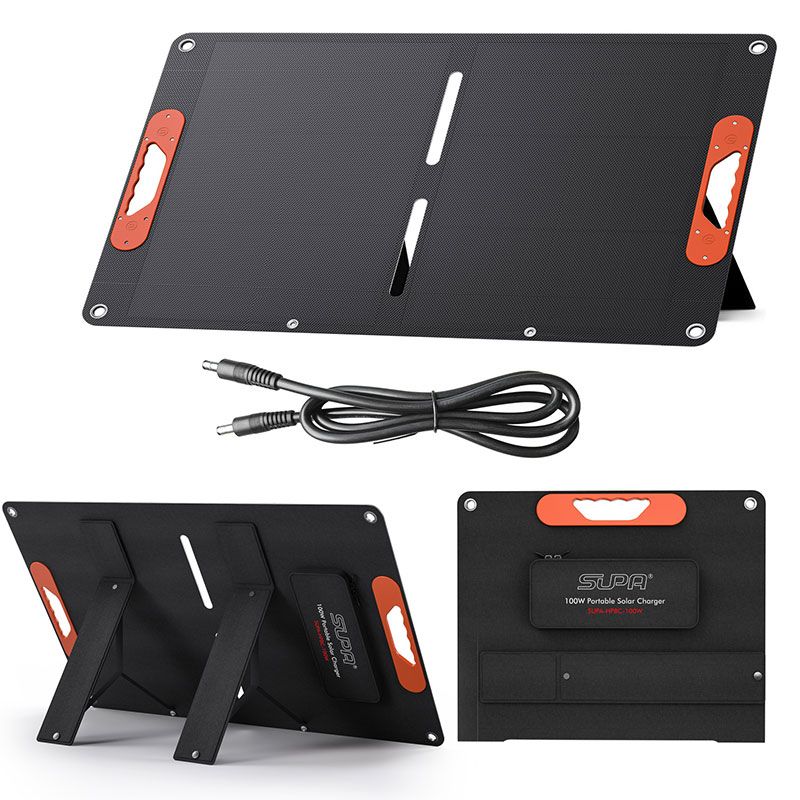Company News
In this era of green energy, solar photovoltaic panels are undoubtedly a household name. But did you know? Photovoltaic panels are not all the same, they have different "family members" with their own characteristics. Today, I will introduce monocrystalline silicon solar panels and polycrystalline silicon solar panels to you.
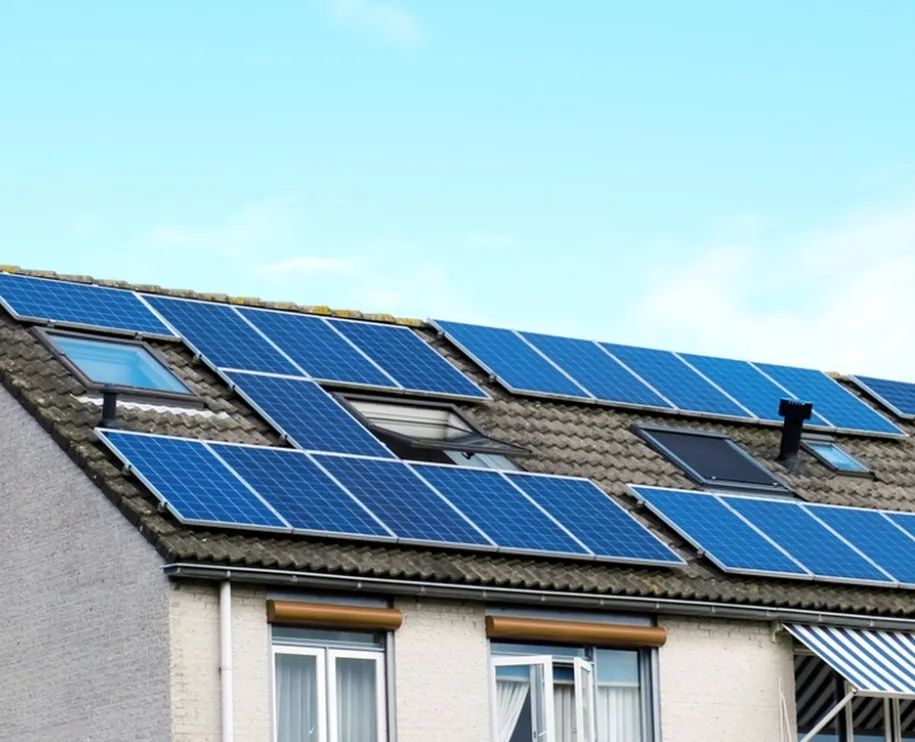
01 Monocrystalline silicon solar panels
The type of solar panel depends mainly on the material of the solar cell. Monocrystalline silicon photovoltaic panels, as the name suggests, are made of a single silicon crystal and have a perfect lattice structure, like the "noble" in the photovoltaic industry. It is not only beautiful (dark blue appearance), but also has excellent performance, with a conversion efficiency of up to 15%-25%, especially suitable for large-scale solar power stations and commercial use. However, the price of this "noble" is relatively high, and it is the only choice for you who pursue high efficiency and quality. Compared with polycrystalline silicon solar panels, it can achieve 50% to 60% higher power capacity under the same installation area without increasing the initial cost. In the long run, power stations with higher production capacity will be more beneficial to reduce electricity bills. This is the mainstream solar panel now.
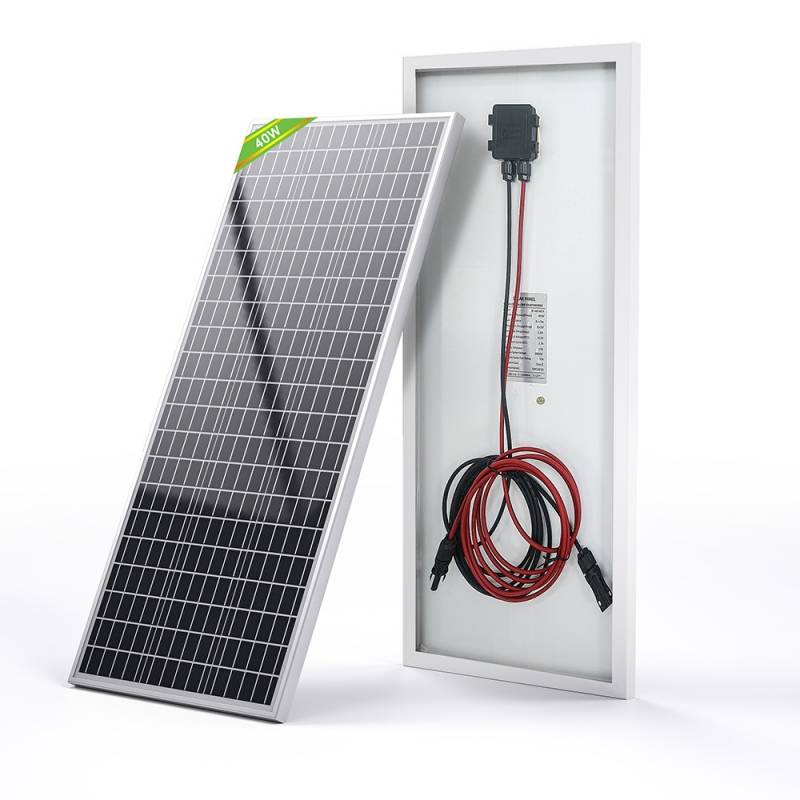
02 Polycrystalline silicon solar panels
Polycrystalline silicon cells are made by melting many silicon fragments and pouring them into square molds. The manufacturing process is much simpler, so polycrystalline silicon solar panels are cheaper than monocrystalline silicon. However, polycrystalline silicon cells have almost been eliminated by the market due to their instability and low power generation efficiency. Nowadays, whether it is for home use or large photovoltaic power stations, polycrystalline silicon solar panels are almost no longer used.
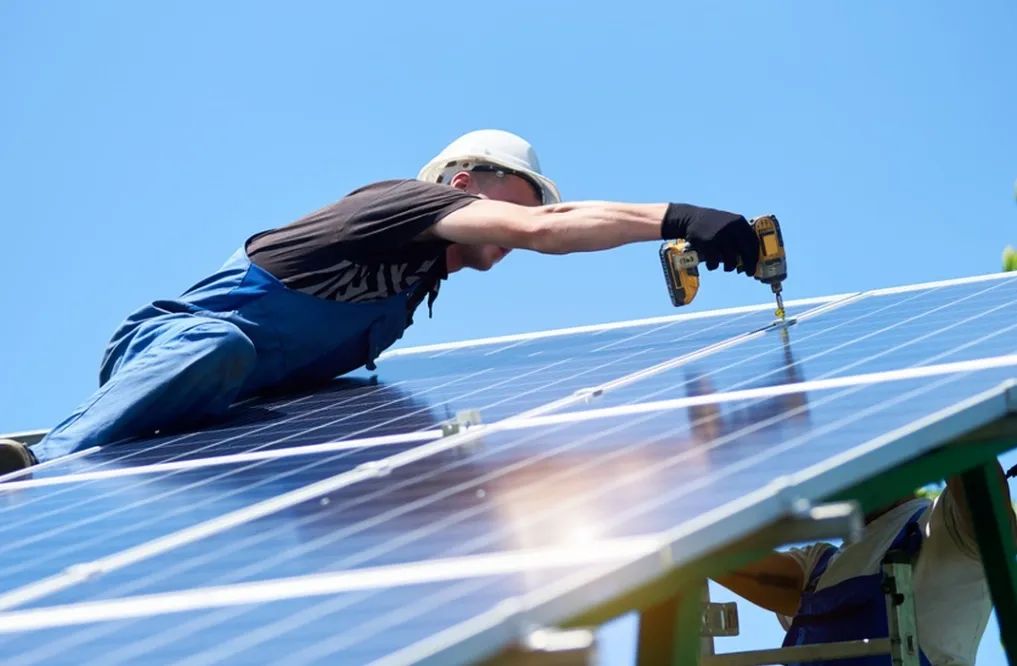
03 Main differences
The main differences between these two crystal panels are as follows: Appearance: Monocrystalline silicon is dark blue, almost black; polycrystalline silicon is sky blue, bright in color; the four corners of monocrystalline cells are arc-shaped, and polycrystalline cells are square.
Conversion rate: In theory, the efficiency of monocrystalline is slightly higher than that of polycrystalline. Some data show 1%, and some data show 3%, but this is only theoretical. There are many factors that affect the actual power generation, and the role of conversion efficiency is smaller than that of ordinary people.
Cost and manufacturing process: The cost of monocrystalline panels is higher, and the production process is more complicated; the manufacturing cost of polycrystalline panels is lower than that of monocrystalline panels, and the production process is relatively simple. Power generation: The biggest factor affecting power generation is not single crystal or polycrystalline, but packaging, process, material and application environment. Attenuation: Measured data show that single crystal and polycrystalline have their own advantages. Relatively speaking, product quality (sealing, presence of impurities, whether there are hidden cracks) has a greater impact on attenuation. Sunlight characteristics: If there is sufficient light, single crystal silicon has high conversion efficiency and large power generation. Under low illumination, polycrystalline silicon has higher efficiency. Durability: Single crystal panels usually have a long service life, and some flexible solar panel manufacturers guarantee their performance for more than 25 years.

